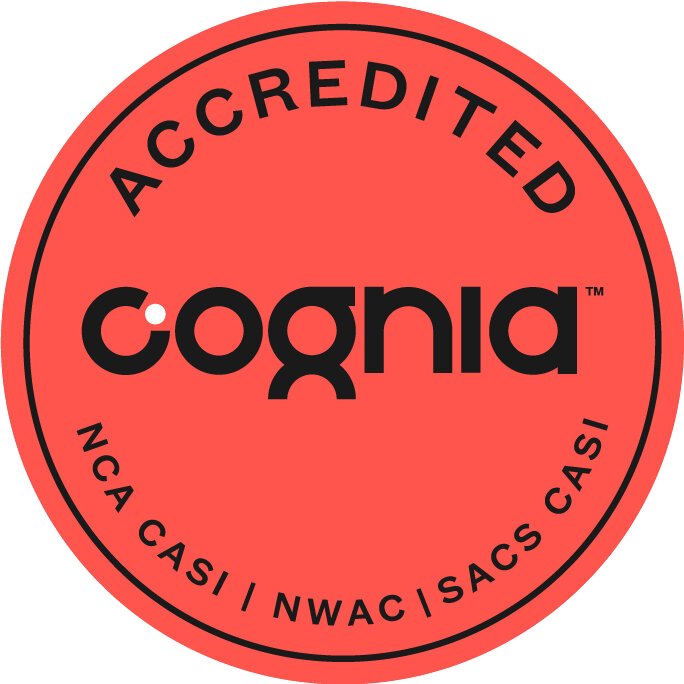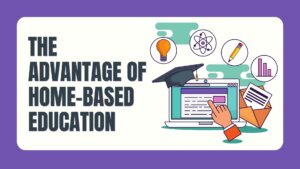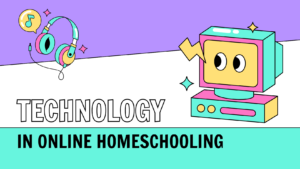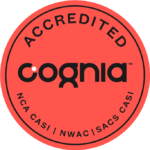
Teachers always aim to make their classes more exciting and engaging to help students grasp difficult concepts with ease. However, not every teacher has access to similar resources.
Some teachers may have access to makerspaces (a collaborative workspace) with facilities like 3D printers, while others don’t. Some schools may have labs with the latest microscopes and Erlenmeyer flasks, while other schools don’t.
Experts believe that critical thinking skills are fostered by STEM (Science, Technology, Engineering, and Math) education, but critical thinking doesn’t only depend on elaborate makerspaces or quality of resources.
The best way to teach logical thinking in STEM is to add history. STEM merges core disciplines of science, technology, engineering, and math—born out of a desire to imitate how life operates. In real life, these disciplines work seamlessly together.
However, if you want students to be forward thinkers and innovators, they need to learn about history. Through this, they will demystify scientific advancements and learn how scientific concepts work. It will also give teachers a chance to shed light on the scientists who haven’t been written about in history books, letting students explore the expansive potential of the subject.

Power of Scientific Stories
The best way to look at science from a historical vantage point is to learn it through stories. Research shows that stories are easy to remember. Attaching a compelling narrative to a scientific discovery helps the brain introduce new concepts. In this way, the story becomes a conveyor belt, assisting students in learning through stories’ excitement while communicating valuable information.
Stories and anecdotes have another benefit as well. When a student learns about an invention and its impact on the past life, they can start to think holistically. For instance, if they know how clocks changed the course of time, they can learn to see how technological innovation can shape modern culture and thinking patterns.
Unveiling the Inadvertent Results of Inventions
It’s best for students to learn the intended and unintended results of scientific inventions so that they can understand the myriad ways one invention can change lives. The book Alchemy of Us by Anissia Ramirez is one of the very few books that shed light on alternate results of inventions. It talks about lesser-known inventors and how their inventions changed the lives of people living in that era.
While some of the outcomes were intended, others weren’t. For instance, students will learn how the telegraph was made to easily send messages over long distances, but they will also learn about a shortcoming of the invention. A telegraph couldn’t handle a lot of messages at one time. Therefore, people were advised to ensure that their statements were succinct.
After some time, newspaper companies began to use telegraphs in the newsroom, and editors asked them to write concisely. This style of writing short sentences was later embraced by the prolific author Ernest Hemingway.
In the modern setting, Twitter uses the same idea of writing succinct and declarative sentences that alter contemporary communication.

Shaping Tomorrow by Using Yesterday—An Exercise
Another way to encourage critical thinking skills among students is putting technology under a scrutinizing eye. Ask your students to think about their cell phones, the internet, or Instagram and think about how these inventions impact their lives.
After that, students can share and discuss their ideas and findings. On the other hand, you can introduce a counterfactual. Ask your students to make two timelines. One with the history of the invention, and the other one with a world without the invention. What would’ve happened if cell phones weren’t invented?
While there isn’t a wrong or right answer, the task requires the students to see the environment with more skepticism and wonder and condition their brain to think in terms of cause and effect.

To dig deeper, you can ask students to think about the effects of the internet on present life.
The internet has transformed the way we live. To begin, we can watch videos, listen to our favorite tracks, connect with people, and access information quickly. You can ask your students to discuss and compare the life before and after the internet’s advent, then ask them to write a short essay or make a drawing that depicts it. You can encourage them to think through questions like:
- How do you think people got their news?
- How did they communicate with each other?
- How did they listen to songs?
- You can then ask your students to shed light on the benefits and downsides of social media.
Engagement for Future Citizens
STEM skills are extremely important to thrive in the modern world. STEM can foster critical thinking abilities and create an accelerated path for academic success.
By putting science in the broad context of culture and history, we can teach our students how scientific inventions can evolve our moral and cultural beliefs.
By providing a space for students to critique inventions, teachers can help students mold the future.
To help students get started on asking essential questions, the first step is to provide them with engaging science stories. Once the students get accustomed to the impact of STEM on the larger fabric of life, they can garner skills the view the world with clarity and think outside the box.
The Best Online School for Children
Ideal School is an online primary school offering some of the best online elementary homeschool programs. We’re connecting families from South and North America and the Caribbean through virtual classes for kids. Our bilingual (Spanish and English) elementary school ensures that your kid receives world-class education at the ease and safety of your home. Check out our simple 4-step enrolment process and contact us for further details.










